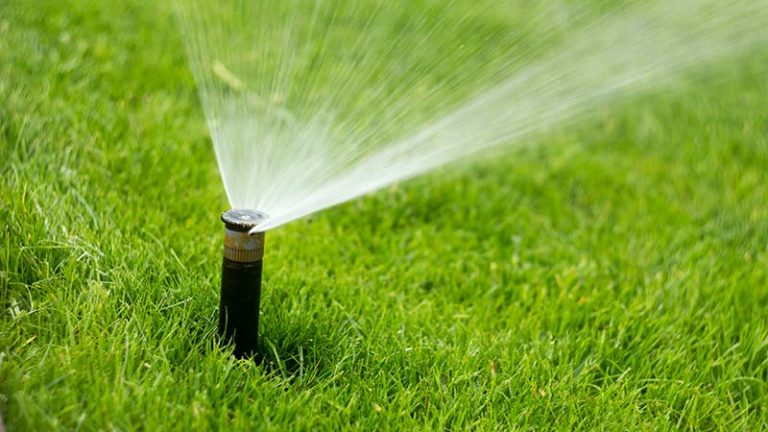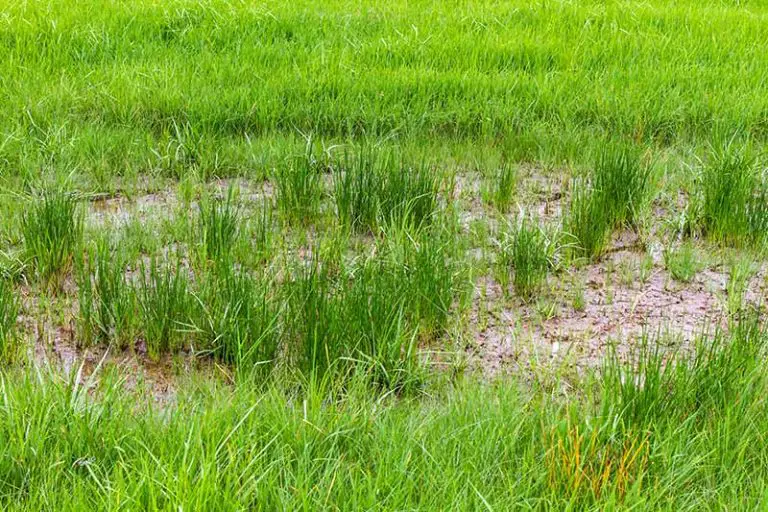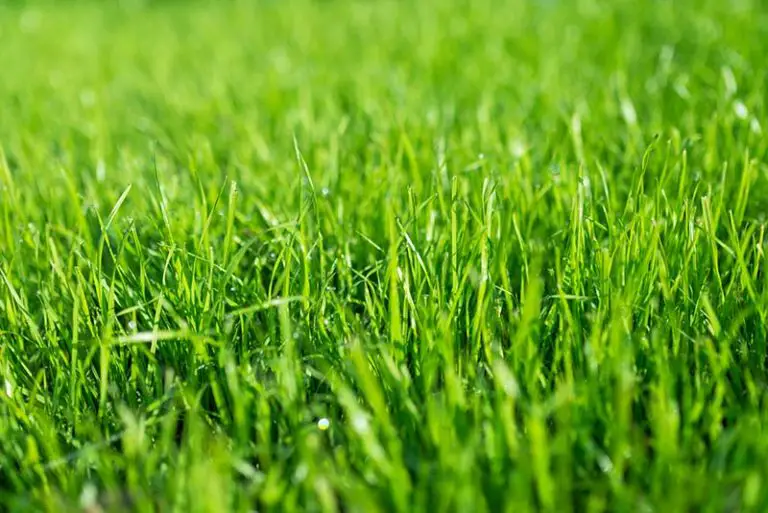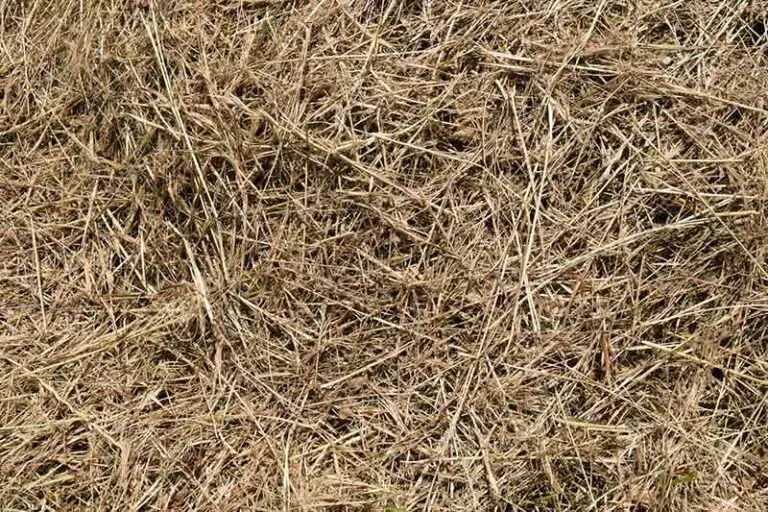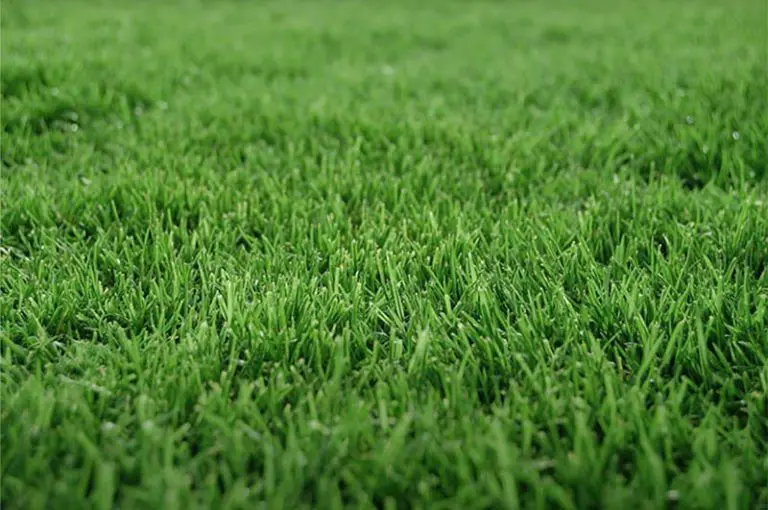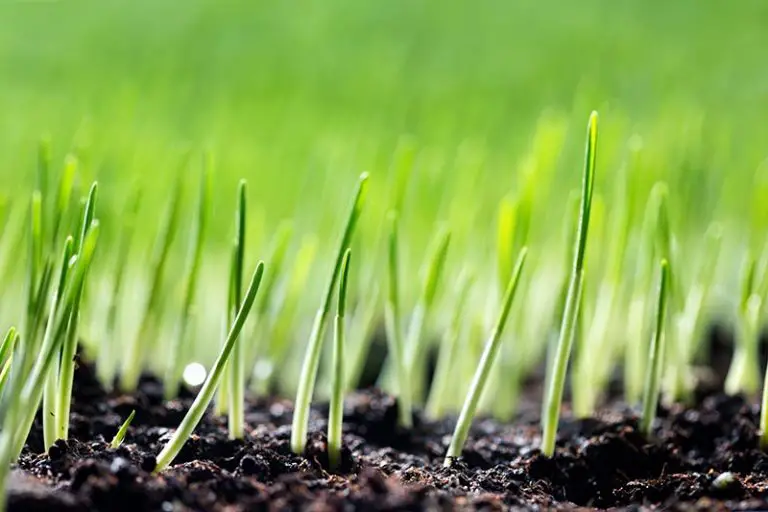Scarifier vs. Dethatcher: Which Tool is Right for You?
Scarification and dethatching are two terms that are often used interchangeably. Although these are two very similar lawn care practices, they differ slightly in their processes and the effect that they have on your grass. They also require slightly different tools; scarification utilizes a scarifier, while dethatching involves the use of a dethatcher.
In short, dethatching is a simpler form of scarification that is less taxing on the grass. When deciding which tool to use on your lawn, i.e. a scarifier vs a dethatcher, you need to consider a few factors to choose the best method for your grass. You must consider aspects such as the purpose of each process, the effect each process has on the lawn, and the recovery time necessary after carrying each process out.
What is a Lawn Scarifier?
A lawn scarifier is a piece of gardening equipment that digs into the lawn to reduce thatch and dislodge other lawn debris on the soil surface. The term scarification comes from the action the scarifier has on the lawn, as it creates holes or ‘scars’ in the turf.
Scarifier tools have a set of sharp metal blades on a rotating cylinder that pierce down into the turf. The vertical slicing action of the scarifier digs into the lawn to pull up the thatch and dead organic matter. Some models of scarifiers also have collection bins that collect the thatch as you operate the equipment; this reduces the amount of effort you have to put into the clean-up process after scarifying. Other models even offer the ability to adjust the blades for different cutting depths.
When scarifying the lawn, the objective is to free up the grass’ roots from thatch and debris that accumulates on the soil surface. This layer of organic matter blocks air, water, and nutrients from reaching your grass’ roots.
Benefits of Using a Scarifier
- Improving the condition of grass – Although the scarification process can damage plant roots, the grass will look greener, healthier, and more even after scarifying.
- Improving aeration of soil – The scarification process leaves holes in the soil, meaning it serves as a form of lawn aeration. This improves the movement of air and water around the grass’ roots.
- Ideal to prepare for seeding or overseeding – Scarification is an excellent way to prepare your lawn for seeding or overseeding. The scarification process opens up the soil, freeing it of obstructive debris; this helps the seeds to better anchor on the soil surface.
- Reduces thatch – After reducing the thatch layer with a scarifier, the lawn should stay thatch-free for at least a year after the process.
- Removes embedded debris – In addition to the thatch layer, scarification also removes the debris under the thatch.
What is a Dethatcher?
A dethatcher is a similar tool to a scarifier, having metal blades that rotate and cut through the thatch layer. While a scarifier removes the thatch and underlying debris, a dethatcher only removes the uppermost layer of thatch.
- KEEP YOUR YARD HEALTHY : dethatch in early spring or early fall for cool-season grasses, and in late spring through early summer (after the 2nd mowing) for warm-season grasses.Speed : 3700 RPM, Motor : 120 V, AC only, 60 Hz, 10 Amps
- POWERFUL MOTOR : 10A motor provides the power you need to tackle the toughest jobs
- 14” DETHATCHING PATH : allows you to complete jobs faster and more efficiently
- 3-POSITION HEIGHT ADJUST : provides greater control by removing matted layers to promote lawn health
- STAINLESS STEEL TINES : stays sharp longer for reliable performance
Dethatchers pull up thatch as you operate them around your lawn. There are several different types of dethatchers, including dethatching rakes, motorized dethatching machines, and dethatching mower attachments. Each tool is best suited for different sizes of lawn.
The objective of dethatching is similar to scarification, i.e. to free up grass roots’ from an obstructive thatch layer. It is essentially a simpler form of scarification that only tackles the thatch layer rather than the underlying debris.
Benefits of Using a Dethatcher
- Improving aeration of soil – Reducing the thatch layer will improve the amount of air, water, and nutrients that reach the soil surface and circulate around the grass’ roots.
- Helps to prevent disease – A thick thatch layer provides the ideal environment for microbes to grow, increasing the risk of the development of lawn fungus, mold, and mildew.
- Doesn’t damage grass – A risk with using a scarifier on your lawn is that it can damage the grass’ roots; as a dethatcher has a gentler action on the lawn, you can dethatch many times without damaging the grass.
- Lawn will recover more quickly – Your lawn will recover more quickly from the dethatching process than it would from scarification.
- Equipment is easy to operate – Dethatchers are typically smaller, handheld pieces of equipment that are easier to control during operation.
Scarifier vs Dethatcher
Comparing scarifiers vs dethatchers, the two tools are very similar and serve the same basic purposes. The main difference between these tools is that a dethatcher only tackles the uppermost thatch layer, while a scarifier digs deeper to pull up the entire thatch layer and any other debris beneath it. Dethatching is basically a lighter, less intense form of scarification.
We have discussed the differences between scarifiers and dethatchers in more detail in the following sections.
1. Tools Used in Each Process
Scarifier
Scarifiers are tools that have sharp metal blades on a rotating cylinder that act like knives to cut into the thatch and upper turf layer. These tools leave behind holes in the soil, in addition to pulling up the thatch layer.
Types of scarification tools include:
- Handheld/manual scarifiers – Handheld scarifiers are less common than other types of scarifiers, being best suited for small lawns.
- Petrol/electric-powered scarifiers – Powered scarifiers are the most common type of scarification equipment. These models are also able to catch the uprooted thatch as you operate them. Powered scarifiers are best for medium-sized lawns.
- Towable scarifiers – Towable scarifiers are the most heavy-duty type of scarifier that need to be pulled by a larger machine like a tractor or riding mower. They are the best choice for larger lawns.
Dethatcher
Dethatching tools are very similar to scarifiers, but they’re more simplified and require less effort to operate. They also feature tines on a rotating cylinder that pierce into the thatch layer to pull up the thatch.
Types of dethatching tools include:
- Dethatching rake – Dethatching rakes look like regular garden rakes, being specially designed to remove the thatch layer. They are best for light amounts of thatch on smaller lawns.
- Powered dethatching rakes – Powered dethatching rakes are motorized units that take much of the labor out of the dethatching process. These tools are best for medium-sized lawns.
- Tow-behind dethatching attachments – Tow-behind dethatchers attach to tractors or riding mowers for the easiest and most effective dethatching. If you have a larger lawn or significant amount of thatch, you should opt for this tool.
2. Purposes of Each Process
Scarifier
Scarifiers are used for more purposes than dethatchers. These purposes include:
- Removing thatch from the upper thatch layer
- Removing the debris from beneath the thatch layer
- Significantly improving aeration in the lawn
- Freeing the grass’ roots to improve the condition and growth of the lawn
Dethatcher
Dethatchers are simpler to use but are used to achieve fewer purposes than scarifiers. These tools are limited to:
- Removing thatch from the lawn
- Offering some amount of aeration in the lawn
3. Effect Each Process Has on Lawn
Scarifier
Scarification is a more intense process that will have a greater effect on the lawn. Scarifiers pull out the entire thatch layer, as well as removing all other debris below this layer.
After the scarification process, your lawn will be a lot more delicate than it would be after dethatching. Removing the entire thatch layer may allow harmful organisms and burrowing insects like grubs to enter the soil.
Dethatcher
Dethatching is easier on the lawn as it only removes some of the thatch layer, leaving behind a small amount of thatch.
Although a thick thatch layer is detrimental to grass, a light amount of thatch is actually beneficial; a light thatch layer helps to regulate soil temperature, in addition to behaving like a mulch and slow-release organic fertilizer.
4. Lawn Recovery After Each Process
Scarifier
Again, as scarification is more of an intense process, it will uproot much of the grass and may damage healthy roots. This means that the lawn will take longer to recover after the scarification process.
If you have the patience, scarification will still leave you with an aesthetically improved lawn once it recovers.
Dethatcher
Although dethatching can uproot some of the healthy grass, it is generally much less damaging to your lawn than scarification.
With the majority of the grass roots unaffected, the lawn will recover much more quickly from the process. This makes dethatching a better option if you want to improve the look of your lawn in a shorter amount of time.
When to Scarify or Dethatch a Lawn
There are different scenarios in which scarification and dethatching are better suited.
When to Scarify a Lawn
If you fit any of these scenarios, you should scarify your lawn:
- You want to seed a new lawn – If you’re planning on seeding a new lawn entirely, scarification is an ideal process to carry out as preparation. The process will help to loosen the turf and will improve the anchorage of any new seed.
- Your lawn is overgrown and generally very unkempt – If your lawn is in a severely unkempt condition, e.g. it has overgrown grass and thick thatch layer, scarification is a good choice.
- You have a thatch-prone grass type – Some grass types are more prone to thatch build up. These include some fescues, Kentucky bluegrass, and Bermuda grass. Conversely, grass types that rarely have a problem with thatch buildup include tall fescue and perennial ryegrass.
When to Dethatch a Lawn
You should instead dethatch your lawn if you fit any of these cases:
- You have a lawn with newly planted grass – If you have newly planted grass on your lawn, you should avoid scarifying and choose dethatching instead. When grass is newly planted, the grass plants are still developing their root systems and establishing themselves. The scarification process is too harsh on the grass when it’s in this state; the young roots are unable to support the recovery of the grass. You should instead dethatch to reduce thatch in a new lawn.
- You want to reduce the thatch layer in spring – Dethatching is a more suitable method of reducing the thatch layer in the spring. Scarifying in the spring is not recommended as the shocked grass may not be able to recover over the summer.
- You want to improve your lawn in less time – Dethatching is more suitable if you want to improve the look of your lawn as quickly as possible. You’ll be able to see the visual benefits from the dethatching process within about a month after carrying it out.
How to Scarify or Dethatch a Lawn
We have explained the basic steps of both scarification and dethatching below.
How to Scarify a Lawn
1. Purchase an appropriate scarification tool for the size of your lawn. Use a manual scarifier for a small lawn, a powered scarifier for a medium-sized lawn, or a towable scarifier for a large lawn.
2. Mow the lawn right before you scarify it. This will ease the labor involved in operating the scarifier.
3. Set the blades of your scarifier on a higher setting, then make a pass over your lawn in one direction.
4. Set the blades of your scarifier slightly lower. Make a second pass to scarify the lawn, doing so in the opposite direction to the first.
5. Lower the blades of your scarifier once again, before making a third pass over your lawn. For scarification to be effective, you need to make at least 3 passes over the area.
How to Dethatch a Lawn
1. Purchase a suitable dethatcher for the size of your lawn. For small lawns, use a dethatching rake, for medium lawns, use a powered dethatching rake, and for larger lawns, use a tow-behind dethatching mower attachment.
2. Mow the lawn before dethatching. This will make it easier to use the dethatching equipment on your grass.
3. Use your chosen dethatcher to begin breaking up the thatch layer. If using a manual rake, push it deep into the thatch layer before pulling it up. Pass your equipment over the entire lawn in one direction.
4. Repeat the previous step by making a pass with your dethatcher in the opposite direction to the first.
5. Dethatch the area 2 to 3 times, or until you reduce the thatch layer to a suitable thickness.



